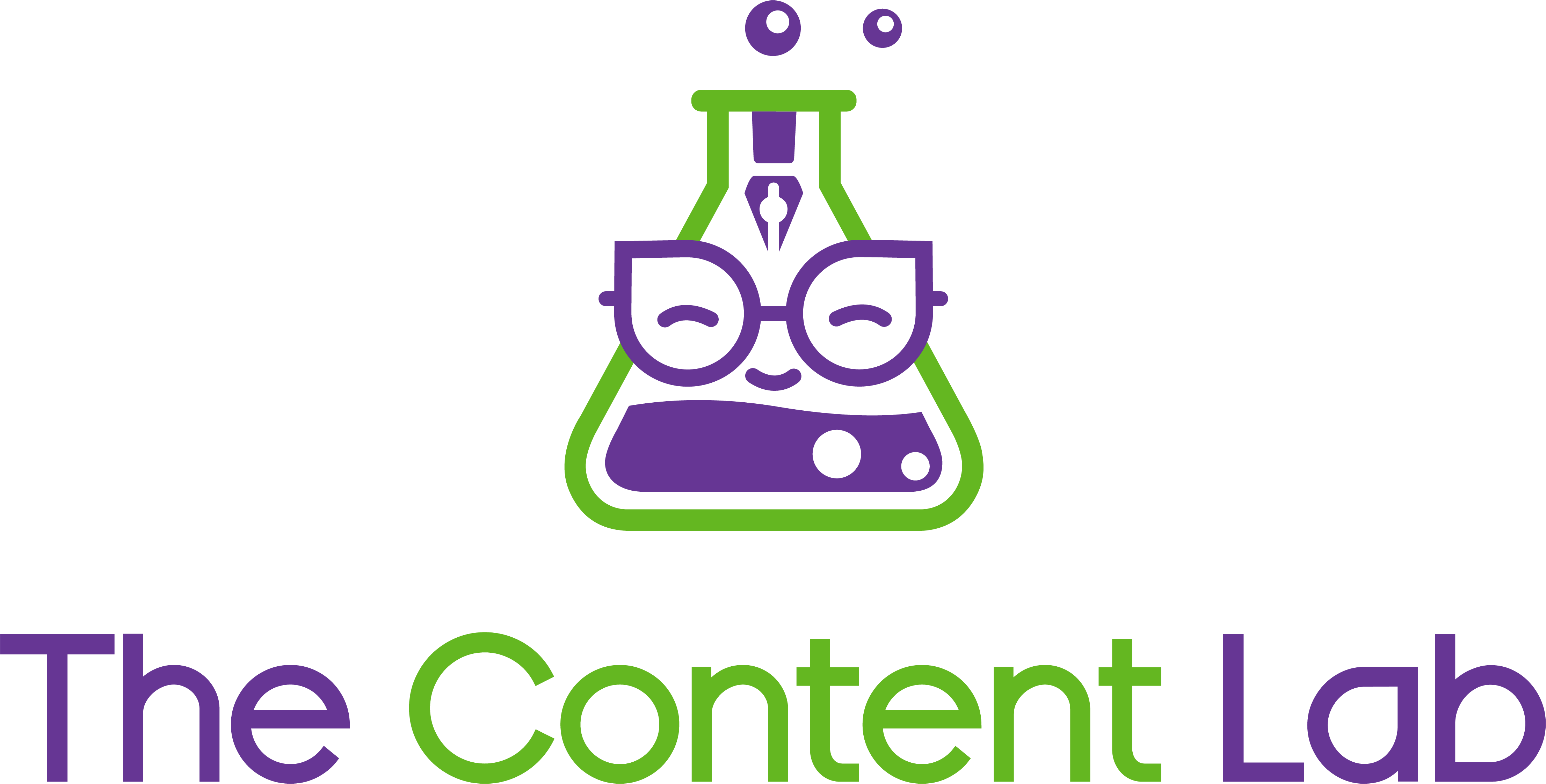It’s kind of scary to think about how much time we spend on the internet these days, isn’t it?
From working online to rotting our brains in the depths of social media, it’s becoming increasingly difficult to pull our eyes away from the world wide web.
At this point, we’re all pretty aware of the harmful effects of spending too much time online on our mental health. Whether you find yourself frequently working overtime or compulsively scrolling, we’re all dealing with varying degrees of addiction to our devices – and that’s not good for anyone.
But have you actually thought about the consequences of your online activity outside of its impact on your well-being?
Every click, every Google search, every YouTube rabbit hole. It all adds up, relying on a vast network of servers and data centres that burn an enormous amount of energy every day to feed our habits.
The more the internet expands, so does its environmental impact. And as a digital content agency, that really doesn’t sit well with us.
That’s why we’re in the process of consciously pivoting into the realm of digital sustainability, aiming to reduce our energy consumption as a company and do our very best to minimise our impact on our precious planet.
As well as adopting sustainable business practices to reduce our carbon footprint, we’re looking at our website’s environmental impact and how we can make it more green.
Before we get into the steps we’re taking towards making our website more sustainable, let’s first talk about website sustainability and why it’s vital to protect our environment.
What is website sustainability?
Website sustainability is a movement focused on making the internet a more environmentally-conscious place by reducing the amount of energy required for online activity.
But how, exactly?
Through eco-friendly web design. That’s how!
Sustainable website design is all about building and developing web pages that are efficient, accessible, and, as the name suggests, environmentally-friendly! It encompasses every aspect of a website, from its foundational structure to its hosting and content delivery, reducing its carbon footprint as thoroughly and effectively as possible.
By making more conscious web design choices that prioritise energy efficiency and resource conservation, we can significantly reduce the digital sector’s contribution to climate change.
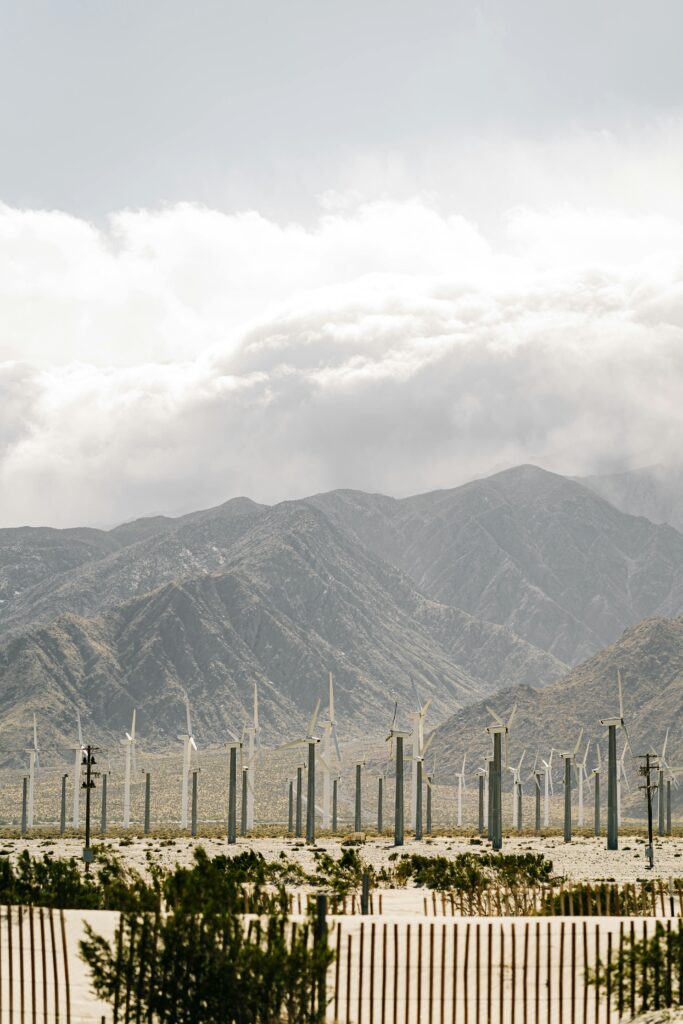
You’ll be glad to know that building websites with sustainable principles at their core does more than play a huge role in our collective sustainability efforts. It also improves user experience, internet accessibility, and overall web performance. A win-win for people and the planet!
Why are sustainable web design practices so important?

The internet makes a huge environmental impact. And yet, it’s massively overlooked and underestimated by the powers that be – to the point where many people aren’t even aware how much the internet contributes to global carbon emissions.
The reality is that global internet usage produces a shocking 3.7% of all carbon emissions at present. And as a digital content agency, we can’t help but feel a sense of responsibility for the internet’s role in climate change.
The good news is that as an almost fully remote team, we don’t burn excess energy and material resources by commuting to and from work every day. But, working remotely means we’re entirely reliant on the internet for our operations.
It’s estimated that by 2025, communications technology alone will emit more carbon than any other country, excluding China, India, and the US. So there’s never been a more crucial time to reevaluate how we function as an agency and work towards a more sustainable future.
When it comes to greenhouse gas emissions produced by the internet, there are a variety of factors that negatively impact climate change:
- Manufacturing: The production and distribution of devices like computers, phones, and internet hardware is a massive industry contributing to greenhouse gas emissions.
- Powering: All of the devices we use to access the internet require power. When we spend significant portions of our day online, our devices require a lot of energy consumption to stay charged and connected.
- Searching: Every Google search burns energy. Search engines, web browsers, and servers all require energy to reach the data centres that power the internet.
As individuals or small businesses, it’s easy to think of the carbon emissions of an entire industry as something that’s bigger than us and beyond our control. But when we break it down and see how much the internet directly contributes to climate change, our role in the solution suddenly becomes crystal clear.
Sustainable websites are absolutely essential if we want to protect the future of our planet.
(Okay, last scary piece of internet-climate-related information.) To really put things into perspective, global internet usage burns the same amount of energy as the entire aviation industry. With hundreds of thousands of flights taking off every day, burning serious amounts of fuel, that’s pretty hard to process, isn’t it?
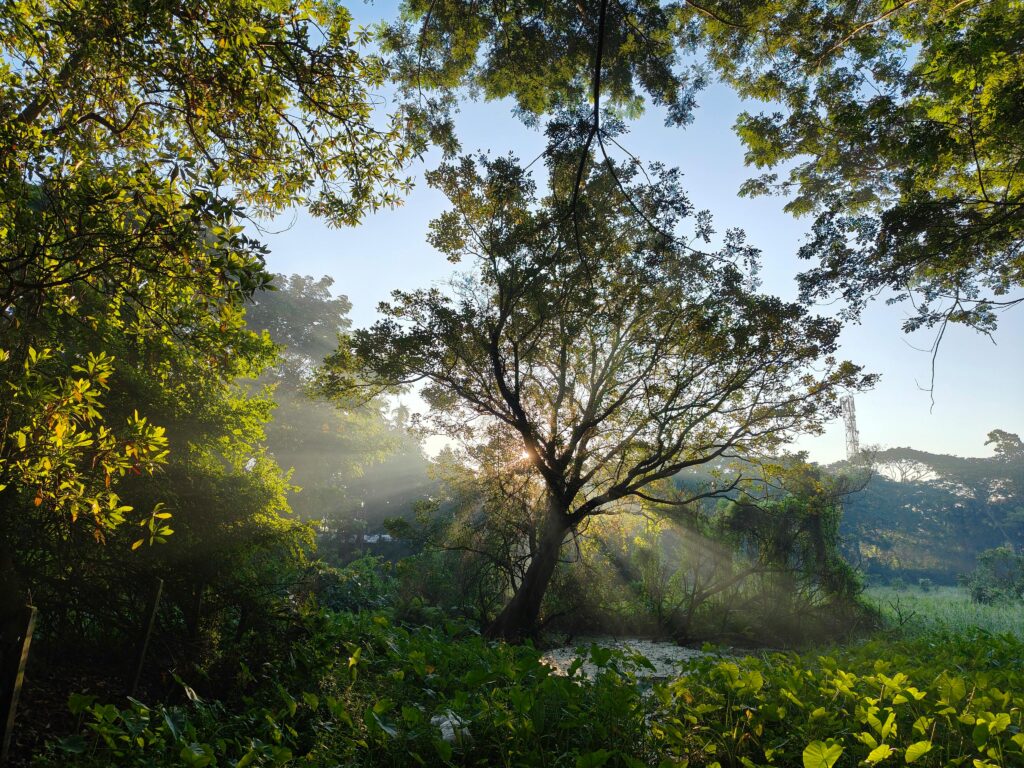
This much is clear: that it’s never been more important to focus on how we operate as digital agencies to minimise our impact on the environment. Making our websites as sustainable and environmentally-conscious as possible is a huge step toward ecologically responsible business practices.
So, without further ado, here are the main elements of sustainable websites you should incorporate into your web design to start having a positive influence on the future of our planet.
Core principles of sustainable web design
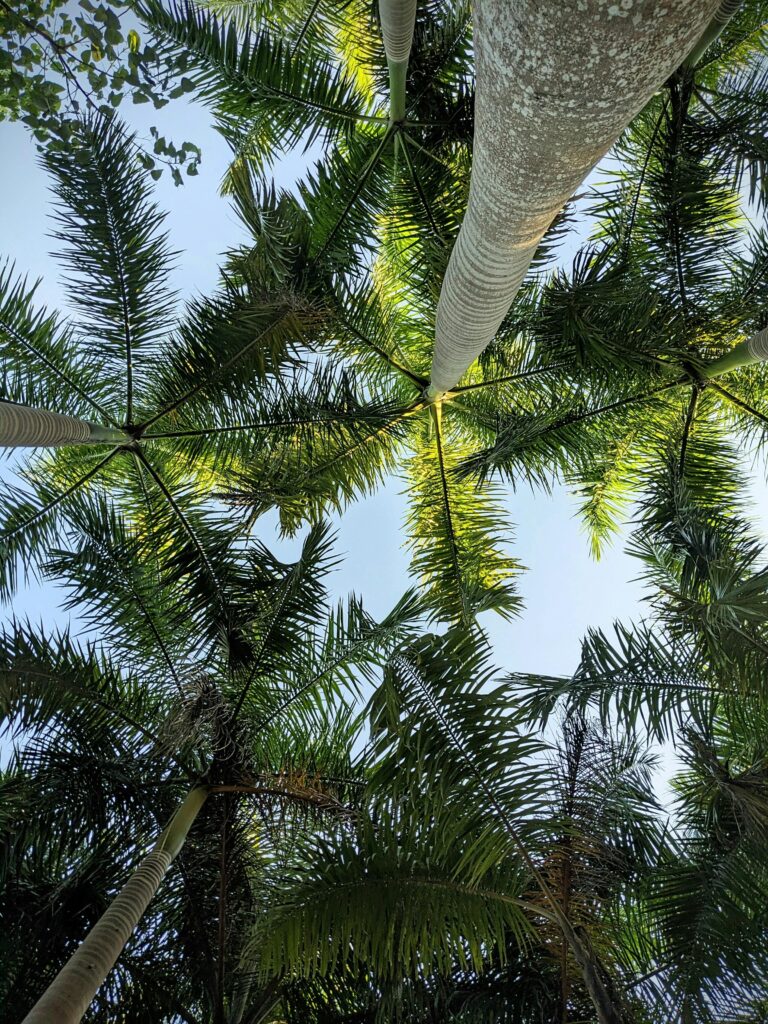
1. User-centred design
A well-designed website isn’t just easy on the eyes. It also makes for a better user experience.
But how exactly does user-experience affect energy efficiency?
Well, think about it this way. The less time users need to spend on a website to get the information they need, and the less pages they need to click on and scroll through, the less energy required.
Optimising your website to be as seamless and efficient as possible is a highly effective way to minimise its energy consumption. That includes ensuring your website has responsive design for mobile devices, optimising images to reduce loading speeds, and streamlining the overall flow and functionality of your website. Happy users, happy planet!
2. Optimised media
The media on your website – like images and videos – are some of the most energy-hungry things out there on the internet.
Large digital files require a lot of energy to download and can impact your page load speed and web performance.
Compressing your images and videos to an appropriate file size for the platforms and devices they’ll be viewed on is essential if you want to reduce your digital carbon emissions.
Don’t worry! It’s not about lowering the quality of your media. It’s simply a matter of reducing the amount of data transfer required to load them onto a page.
There are tons of free media optimisation tools out there (like TinyPNG, GIMP, or HandBrake) to help you cut down on energy without compromising quality.
3. Green web hosting
Have you ever thought about your website hosting provider’s sustainable practices (or lack thereof)?
Some data centres are powered by renewable energy, while others rely heavily on harmful fossil fuels to host websites. Not to mention the vast volumes of water required to keep data centres cool. (The average data centre using around 300,000 gallons of water every day!)
If you’re trying to make your website more sustainable, then it’s important to question whether your current website hosting provider is making efforts to use green energy and reduce their carbon footprint.

If you’re not satisfied with their efforts, then it’s time to find a green hosting alternative.
The Green Web Directory from Green Web Foundation is a super useful resource to help you find sustainable digital products and web hosting services to support the positive impact you’re aiming to make.

4. Search engine optimisation
By now, you’re well aware that SEO is an essential part of making your website more discoverable online. But, when you think about SEO in the context of sustainability, it becomes all the more clear just how important it is.
Think about it. The more time people spend trying to find your business online – sifting through different competitor websites in search of your products or services – the more energy they waste making unnecessary search queries loading up web pages they don’t need.
By making your website more visible and accessible to your niche in those crucial moments with strong SEO, you eliminate the need for extensive searching, making your customer’s life easier while making the internet a more environmentally-friendly place. It’s a no-brainer!
5. Content delivery networks
Content delivery networks are incredibly useful pieces of web technology. To put it simply, they’re a connected system of servers that deliver content to users based on where they are in the world.
Caching content on multiple servers around the world greatly reduces the strain on the main server. That means content loads up faster and burns less energy in the process!
This optimisation-focused approach to file downloading and data transfer not only makes for a better user experience thanks to faster load times, but it paves the way for more sustainable websites, too.
6. Website accessibility
Website accessibility is an incredibly important part of making the internet a more welcoming and useful place for everyone. People with different learning disabilities and visual impairments don’t always have equal access to information online.
We’re all about celebrating differences at The Content Lab, so along with sustainability, content accessibility is a big priority of ours. Read this super interesting and informative blog from the wonderful Riley to learn more about content accessibility, why it’s so important, and how to make your content more accessible.

Website accessibility impacts website sustainability by making your website a platform that everyone can use and interact with, rather than creating multiple versions of the same content so that people with differences can access it.
Make sure to keep accessibility at the forefront of your web development and design to make a difference in the lives of countless people online, as well as our lovely planet.
7. Built to last
Just as you want to reduce the amount of waste you produce in your daily life by buying higher-quality products less often, your website should be built with the same principles.
A sustainable website is one that’s built to last. That’s not to say that your website won’t need to change and adapt with the times and as your company grows and expands into new territories.
Low carbon websites are easy to scale and update without needing a total overhaul. Not only does this save you time and business resources, but it cuts down on the energy and natural resources required for website maintenance and updates.
Whether you’re redesigning an existing website, or you’re designing a new website from scratch, make sure sustainability is a key component of its anatomy.
The Website Carbon Calculator estimates the carbon emissions your website produces to help you understand which areas might need improvement to reach your sustainability goals. Using the Website Carbon Calculator while you develop your website will make it so much easier for you to make sustainable decisions throughout the process.
Making sustainable choices for a sustainable future
We might be a small agency, but we’re committed to making a big difference to our planet in whatever way we can.
As well as reducing our digital carbon footprint, we also do our best to have a positive impact on the world by donating to worthy causes, supporting non-profits, and giving back to our community where we can. Learn more about all the wonderful ways we’re giving back here.
Want to make your website content more sustainable? You’re in the right place! Reach out today and let’s talk sustainable content!
Other Posts
 Content Marketing
Content Marketing The Big, Beautiful List Of 48 Bakery Content Ideas
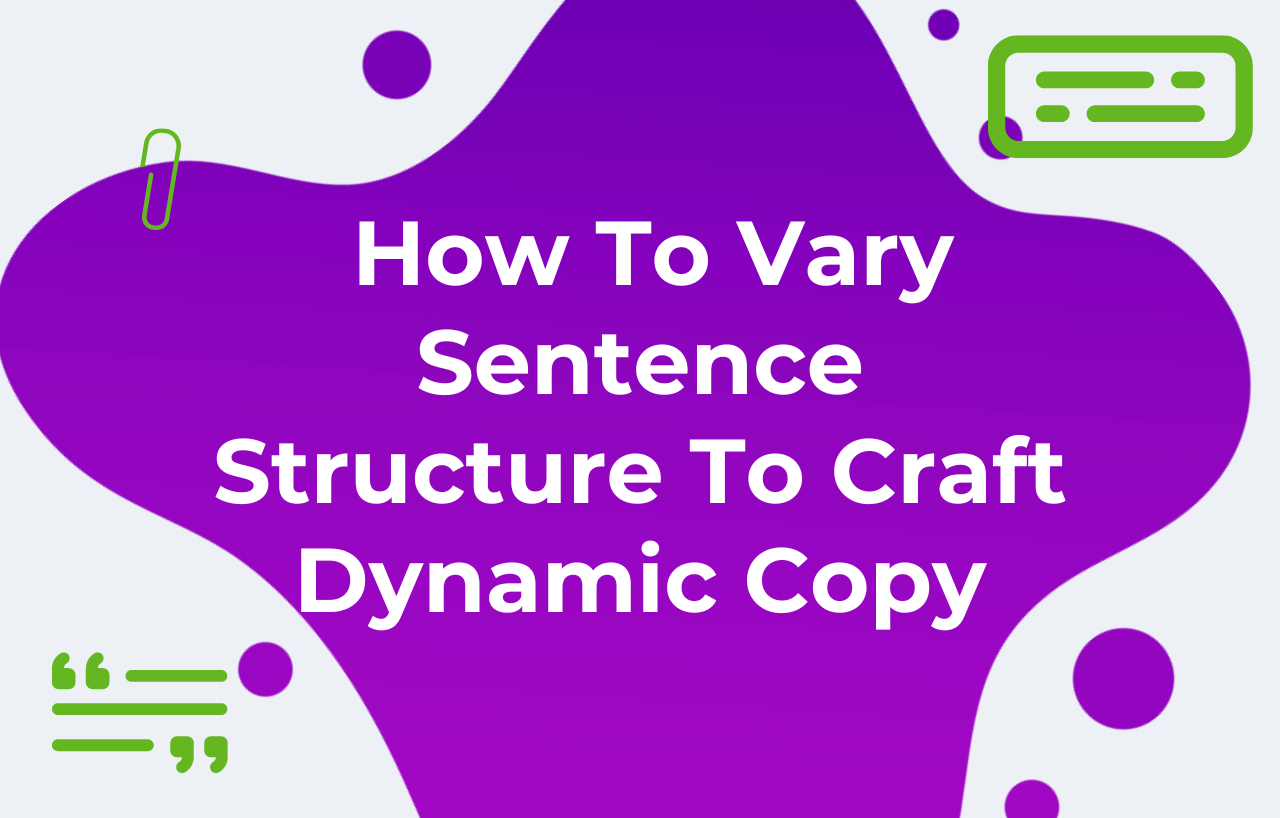 Content Marketing
Content Marketing The Art Of The Sentence: How To Vary Sentence Structure To Craft Dynamic Copy
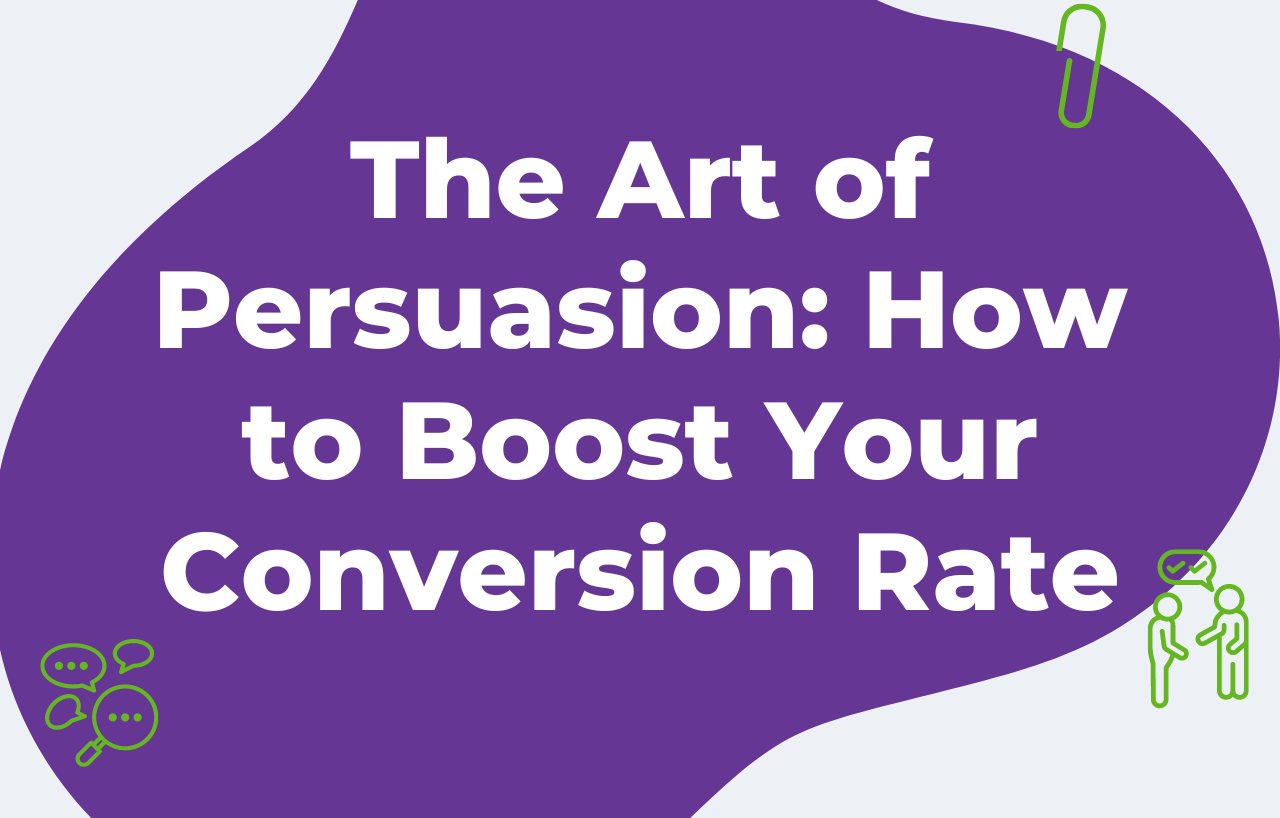 Content Strategy 101
Content Strategy 101 